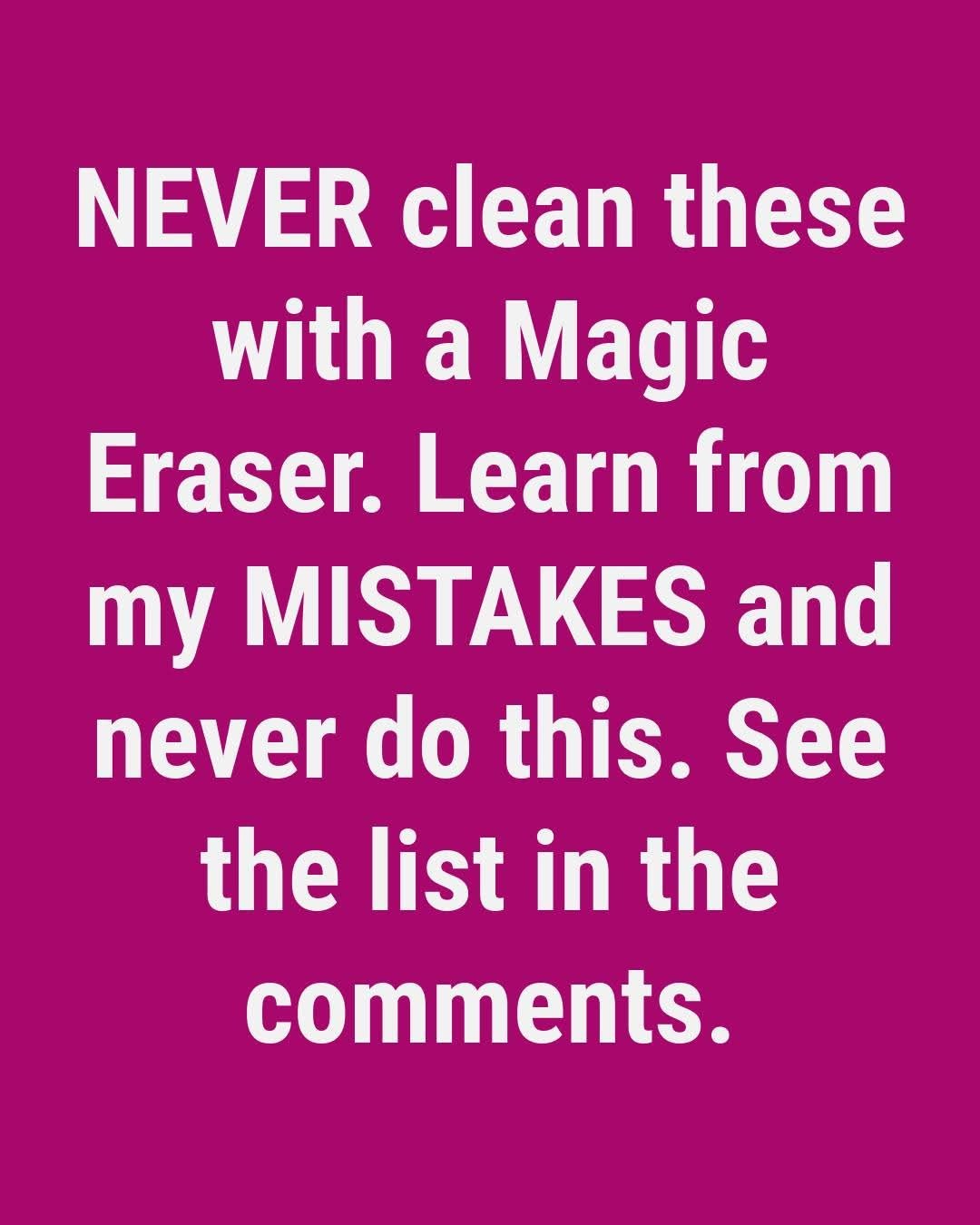Magic Erasers have earned a reputation as powerful cleaning helpers, making tough stains and grime disappear with just a few swipes. Their sponge-like texture and unique cleaning properties can feel almost magical, especially when tackling marks on walls, shoes, or kitchen surfaces. However, even the most useful tools have limits, and using a Magic Eraser in the wrong place can create more problems than it solves.
Because Magic Erasers work with a gentle abrasive action, they’re not suitable for delicate or easily scratched materials. Polished stone surfaces, glossy finishes, and stainless steel appliances may lose their shine if scrubbed with one. Painted walls can also be affected — while the eraser might lift a scuff mark, it may also lift the paint itself. Electronics such as TV screens, phones, and laptops should also be cleaned with specialized cloths instead, as these surfaces are sensitive and can be damaged by abrasive cleaners.
Household items deserve thoughtful care too. Wood furniture, non-stick cookware, and car exteriors can all suffer from surface dullness or scratches if cleaned with a Magic Eraser. Even porcelain surfaces like toilet bowls are better handled with dedicated cleaners designed to protect the finish. And most importantly, Magic Erasers should never be used on skin, as they are meant strictly for household surfaces and can cause irritation.
The key to using Magic Erasers safely is understanding where they shine and where a different method is best. When in doubt, start gently or choose cleaners specifically made for the surface you’re tackling. With the right approach, you’ll keep your home sparkling without risking damage — and your cleaning routine will stay efficient, safe, and stress-free. Sometimes, the smartest cleaning magic is simply knowing the right tool for the job.
